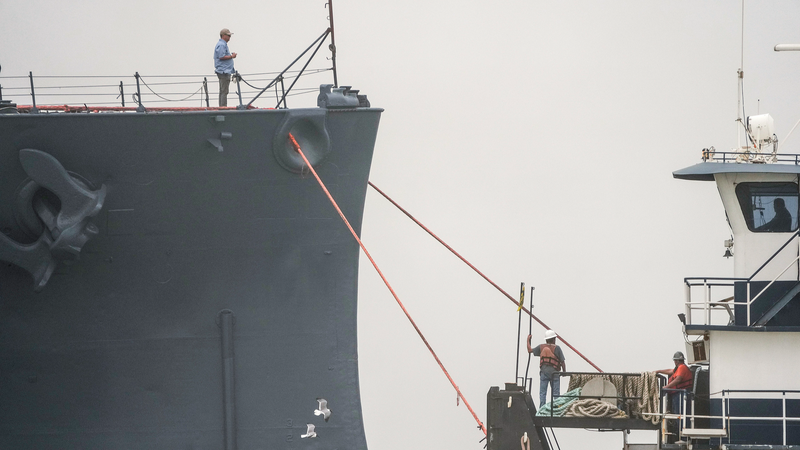On October 14, the US Customs and Border Protection rolled out new Section 301 fees: any Chinese-owned or operated vessel docking in US ports now pays $50 per net tonne. At first glance, it’s a bold move to defend American shipyards 🛳️.
But here’s the plot twist: the US hasn’t led global commercial or naval shipbuilding for almost 70 years. Today, America holds just ~0.1% of the market, while China commands over 53% of commercial shipbuilding. That's a massive gap ⚓.
So why the big deficit? Experts say it’s not Beijing’s ambition stirring trouble. It’s decades of the US stepping back from smart industrial policies, letting shipyard skills, tech know-how and factories slip away. The result? Financial tricks trumped real-world manufacturing 💡.
Think of it like a once-top coder ignoring new languages and frameworks—eventually, someone else takes the lead. In shipping, China invested in yards, apprenticeships and R&D, while US firms chased short-term profits.
Slapping on extra fees won’t magically rebuild dry docks or rehiring skilled welders. If the US wants to sail back to the front row, it needs a fresh playbook: targeted investment, tech training and long-term vision 🌐.
For young pros tracking global trade, it’s a case study in staying ahead: guard your skills, back smart policies and remember that real power comes from building, not just billing.
Reference(s):
cgtn.com




